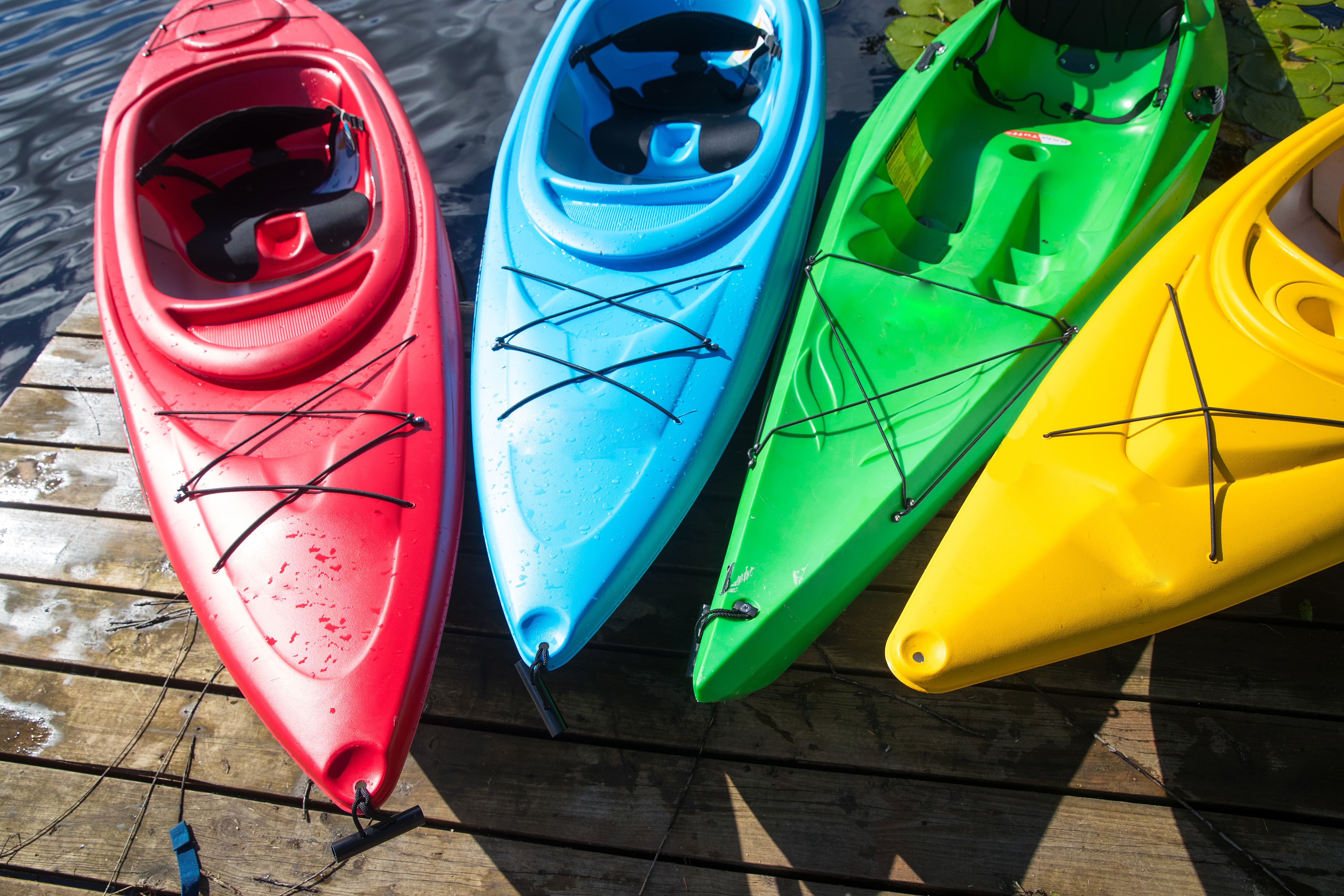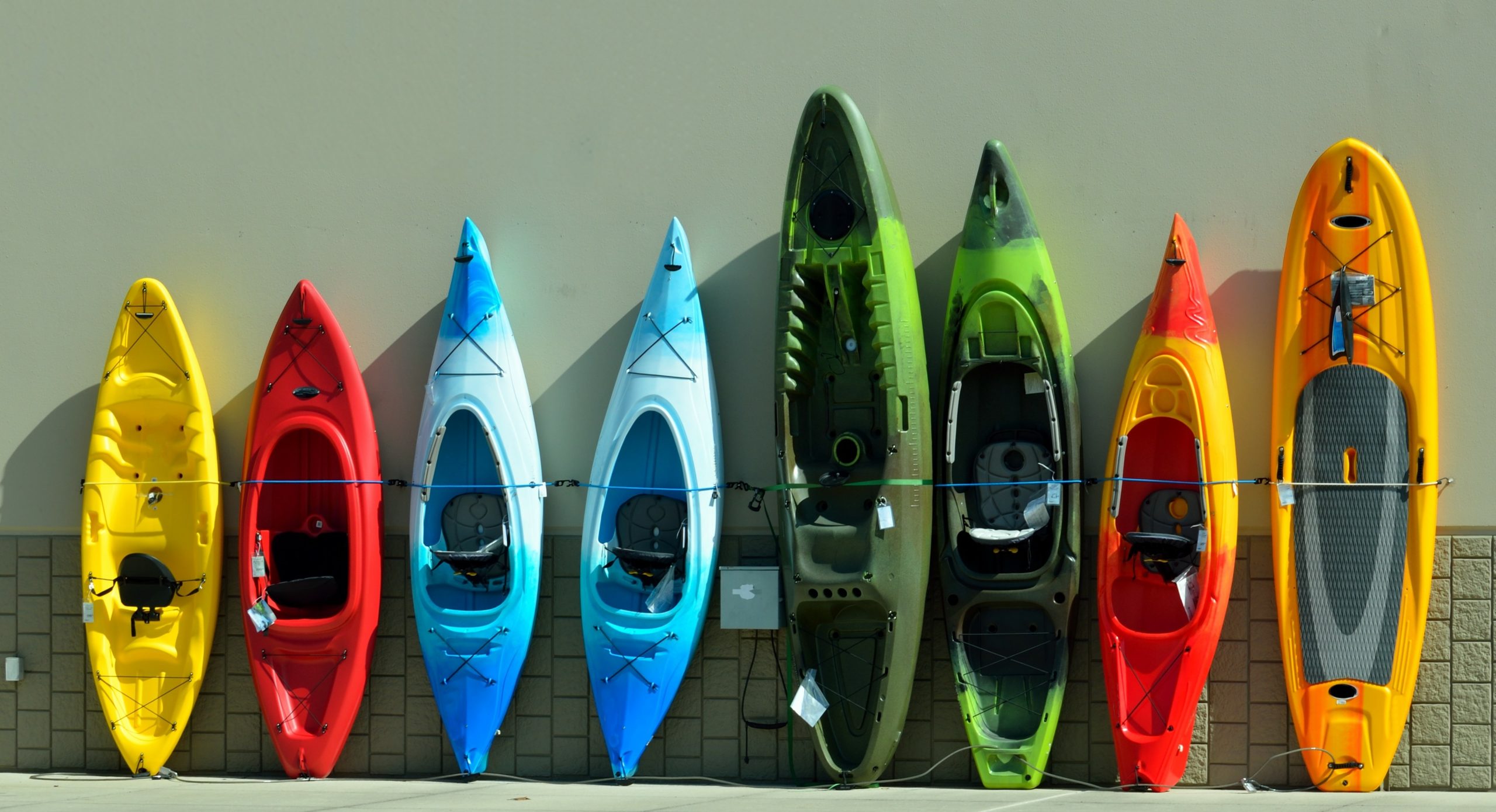How are you enjoying the water these days on the Middle Peninsula of Virginia? If you’re married to the dock — and nothing’s wrong with that — we’ve got some ideas to get you paddling.
Paddleboard? Canoe? Kayak?
Here’s a look at each.
Just you and your board
The simplicity of paddle boarding is part of what makes it special. It’s one of the easiest water sports to learn for any fitness level, and unless you’re in choppy waters, it’s pretty easy.
You’ll need a paddle board, a singular paddle that’s longer than those you would canoe or kayak with, and a life jacket. While they call it Stand Up Paddle Boarding (SUP), it’s best to start sitting down or on your knees; make sure the fin is on the back of your board. Get used to one position before you even think about moving to another.
Savor sitting on the board and paddling for a while. Dip your feet in the water to cool off. Because you’re so close to the water, you’ll see fish and other species that might otherwise escape you in a boat. The splashes and sounds in the water will be your boom box. Paddling away from the dock, you’ll instantly destress. The noises from the day disappear along with the notifications from the cell phone you need to leave in the car.
Ready to stand? Don’t worry if it’s tough at first. Find the center of your board and slowly go from sitting on your knees to a standing position, remembering to have the paddle in one hand. It might take a few tries, but once you’re up and balanced, it’s not difficult to stay that way in flat water. It’s best to look at the horizon rather than staring at your feet.
Keep your arms straight and draw big circles instead of drawing the paddle into your chest. Your core will get a great workout. Every moment on a paddle board strengthens your core.
If you’re in rougher waters, it’s best to wear a leash on your feet so you don’t lose your equipment. If you know you’re going to fall, it’s best to fall away from the board. Enjoy getting wet rather than being discouraged by it and just like a bike, hop back on and try again.

If you’d rather kayak
Just like paddle boarding, kayaking makes you feel as if you’re one with the water.
Kayaks go faster than paddle boards, and they work the shoulders and arms. Like paddle boards, you’ll experience that sense of tranquility with nature as you leave shore. Some kayaks allow you to sit on top; for others, you sit inside. Try both before deciding your favorite. Getting into a kayak is usually harder for most paddlers than sitting on top.
Kayaks rely on one double-bladed paddle per person to move. Start with the forward stroke, putting the blade in the water close to your toes and pulling it along the side of your kayak, removing it from the water when it reaches your hips. Repeat on the other side with the other blade.
Kayaks are easier to transport than canoes. Because they’re lighter, they’re also less stable in the water, making them more prone to tipping. But they’re also easier to steer in rough waters and appeal to the adventurer.
While you’ll likely get wet in a kayak, if the water is calm, you should be able to stay relatively dry.
Why canoe?
Canoes are heavier to transport and harder to paddle, yet they offer some luxuries that the paddle board and the kayak do not have. For one, they’re more stable. You can eat a picnic lunch on a canoe and not worry about your PBJ getting soggy. The extra storage space makes a canoe ideal for a day trip or fishing. You’ll have plenty of room for a cooler, and you can even bring the pup along (your dog needs a life jacket, too!).
Canoeing is best in a pair. Paddling singlehandedly takes a great deal of effort and makes the boat trying to track. The stern paddler steers the boat while the bow paddler powers it.
Watch experienced paddlers canoe and it looks like a breeze. But maneuvering the boat is tricky for beginners. Less experienced canoers often end up crashing into the bank or going in circles. Using the larger muscle groups of your torso makes paddling easier. Don’t over rely on your arms. Twisting at the waist when you take a stroke is essential so your entire upper body is important to power your stroke. When you’re moving or when water is rough, kneeling works best. Consider foam pads for your knees.
Can’t decide?
Can’t decide among crafts? The good news is you don’t need to. Try all three. You can rent SUPs, kayaks and canoes at locations all over the MidPen. You’ll likely settle on a favorite quickly.
No matter what you choose, don’t overlook wearing a life jacket. A good life jacket should be snug but comfortable enough to wear for the duration of your paddling experience.

